This is a time of extraordinary uncertainty. The complexity and compounding nature of disruptions – from macroeconomic volatility, geopolitical shifts, and climate change to regulatory changes, cybersecurity threats, and public health emergencies – has flipped the risk management playbook on its head.
Uncertainty poses risks. Understanding and managing those risks unlocks opportunities – opportunities to explore new markets, capture share from less agile competitors, make strategic acquisitions, and build trust amongst stakeholders. Opportunities to thrive.
Thriving in uncertainty doesn’t happen by accident. It takes resilience. Resilient organizations prepare for the storms. They respond, foresee, and adapt to emerge stronger.
Enterprise Risk Management and Risk Culture
We help clients design and implement integrated risk-management solutions and bring a risk-reward perspective to strategic decision making and day-to-day operations.
Many risk-management activities at the enterprise level are influenced by various types of pressure. Some are external, such as compliance or regulatory changes, for example. Sometimes, unfortunate events in one’s own company or in the industry prompt internal soul searching regarding whether existing risk-management approaches are adequate. In more and more cases, however, CEOs and business leaders take a more proactive stance, as their goal is to further develop risk-management capabilities (proactively based on their strategic and economic priorities and growing aspiration levels) into a true competitive advantage—ultimately improving business decisions and increasing the value of the company in a risk-conscious way.
We have worked with clients in many different industries, including finance, energy and basic materials, automotive, pharmaceuticals, infrastructure, logistics, and travel. We have also assisted public entities, as many of them are increasingly aiming to improve their enterprise-risk-management (ERM) capabilities.
Our recent work includes supporting clients in targeted initiatives for upgrading ERM capabilities. Economic crises motivated our clients to work on stress testing and rapid-recovery programs. Natural or operational disasters resulted in the creation of effective crisis-response projects. Far-reaching regulatory and supervisory actions triggered work to articulate strategic risk appetite and strengthen internal-control frameworks.
Our systematic approach to ERM focuses on five dimensions, each of which is substantiated with industry-specific diagnostics, benchmarks, and best-practice recommendations:
We help our clients identify, quantify, and prioritize their most important risks as well as related returns. We do this using a combination of advanced quantification methods (such as analytic modeling and stress testing, also using nontraditional data sources) and the systematic integration of qualitative factors, including business-management judgment.
To complement statistically validated approaches, we integrate forward thinking, especially in risk measurement and management reporting. In close cooperation with our Business Technology Office, we advise our clients on appropriate data and IT solutions. As a result, our clients gain a clearer perspective of their most important risks and the related returns, as well as on the structure of their portfolio of risks and how they can use insights in order to improve strategic, financial, and operational decision making (for example, on risk mitigation, portfolio adjustments, contracting or risk based pricing)
Companies should choose consciously what types and levels of risk to take and what to avoid and mitigate (“risk ownership”). We help clients gauge their unique strategic, financial, and operational circumstances (“risk bearing capacity”) in order to ensure that their risk choices are aligned with their strategy and with their financial and operational risk-taking capabilities (“risk strategy and risk appetite”), so that they can optimize the risk-return trade-off.
When making important strategic, financial, and operational decisions, decision makers must consider risks related to information and associated trade-offs. We support our clients in integrating risk-return-related considerations into important decisions in M&A; routine processes, such as planning and capital allocation; and daily frontline transactions, such as contract structuring and pricing. We pay particular attention to ensuring sound risk reporting, monitoring, and control processes.
Everyone in an organization has some responsibility in managing risk across the organization, not just the chief risk officer. Shareholders, rating agencies, and regulators and policy makers request that companies involve their top management and even their boards.
Mind-sets and behaviors of individuals and groups inside the organization—and not only the risk organization—play a crucial role in the execution of a company’s enterprise-risk-management strategy. We have developed a proprietary approach to risk culture that, for the first time ever, allows for the creation of a specific and detailed description of the core elements of a company´s risk culture, an analytical approach toward measuring and profiling that culture, overarching industry-specific benchmarking, and the identification of specific levers for actively influencing and developing risk culture.
To assess, benchmark, and improve a client’s ERM capabilities, we use a combination of proprietary data and unique tools, including Enterprise Risk Management (ERM) Diagnostic; A holistic assessment of the effectiveness of enterprise-wide risk management, this diagnostic helps generate a view on the perceived strengths and weaknesses of a bank’s current risk management capabilities.
It is structured along a five-part framework covering all aspects of risk management, including risk transparency and insights; natural ownership, and risk appetite and strategy; risk-related decisions and processes; risk organization and governance; and risk culture.
The diagnostic encompasses a self-assessment as well as a peer benchmarking and provides detailed insights into global best practices as a basis for developing initiatives.
Historical evidence suggests that many risk incidents involve a cultural root cause. we use McKinsey’s risk culture diagnostic to help measure risk culture and identify these causes, which can then be addressed with tangible initiatives. The diagnostic uses a framework of attitudes and behaviors based upon a rigorously tested methodology. Actively shaping the risk culture will mitigate future risks and improve overall performance.
Risk technology and operations is a priority topic for banks and regulators to achieve sound risk management practices. This diagnostic tool helps assess current capabilities in this area (such as data availability and consistency, and system functionalities) against current and future regulatory requirements as well as against target sound industry practices. The results provide a basis for an informed discussion on required developments and investments.
How we can help our clients
From the board room to the engine room, we equip organizations to boldly embrace uncertainty, embed resilience, and enable growth.
We drive impact by combining a holistic view of the risk landscape with deep industry and regulatory expertise.
By leveraging proprietary solutions, advanced analytics, and proven change management tools, we partner with clients on strategy, implementation and capability building – and everything in between.
We equip clients to respond to critical vulnerabilities and disruptions by addressing immediate risks and gaps across all dimensions of risk management.
Trading & Balance Sheet Risk
Regulatory Compliance
Operational Risk
Through data and analytics-driven scenario planning and stress-testing, we partner with clients to build enterprise risk management capabilities, anticipate risks, and identify growth opportunities. We help clients translate these insights into action.
Enterprise Risk Management
Risk Advanced Analytics
Risk Data & Digitization
We help clients institutionalize resilience and crisis preparedness across the organization. We embed contingencies within long-term strategies designed to unlock sustainable growth.
Crisis Preparedness & Response
Climate Resilience
Cybersecurity Resilience
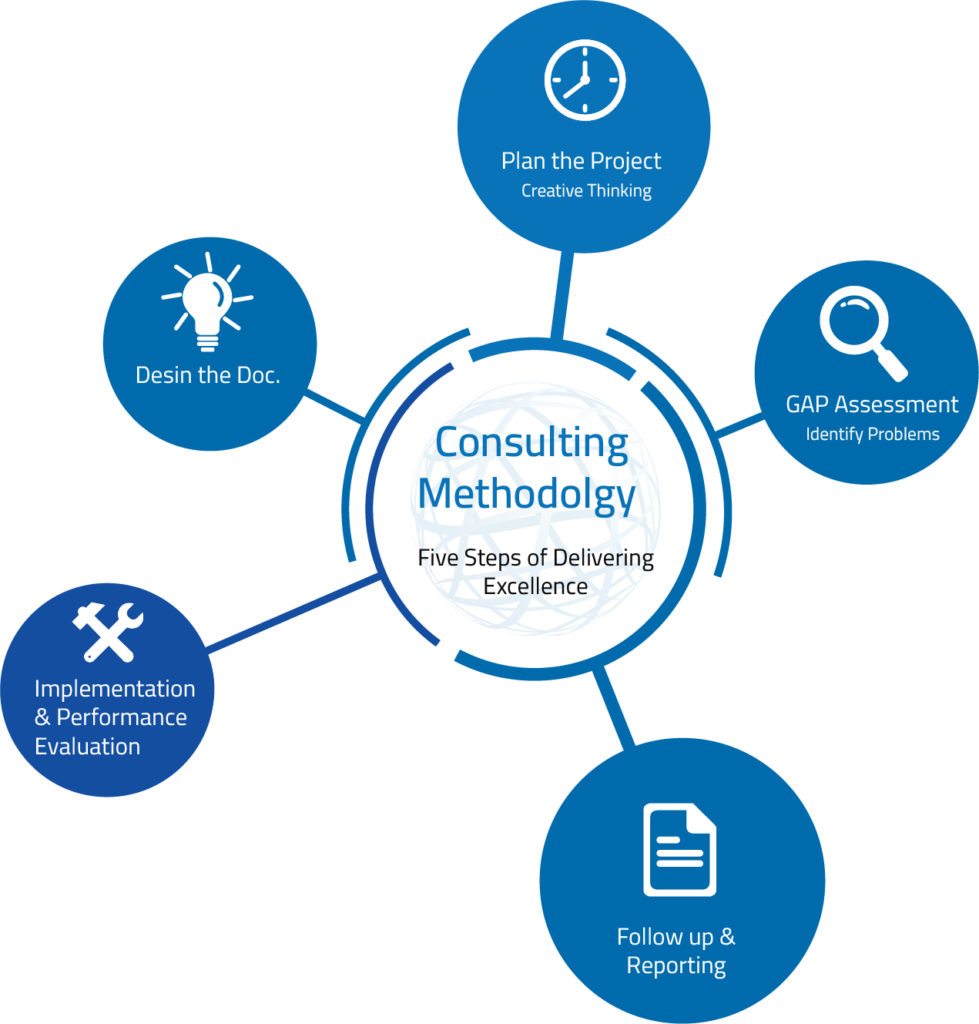
BE THE INDUSTRY LEADER - Your trusted Consulting Partner
Global Standards Co. offers three consulting Models that works best for You


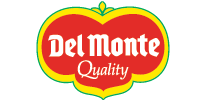

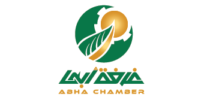



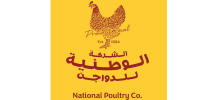


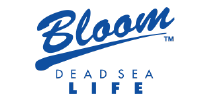
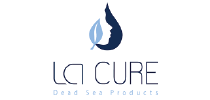
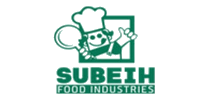
















Stand away from the traffic?
Subscribe to our Newsletter today